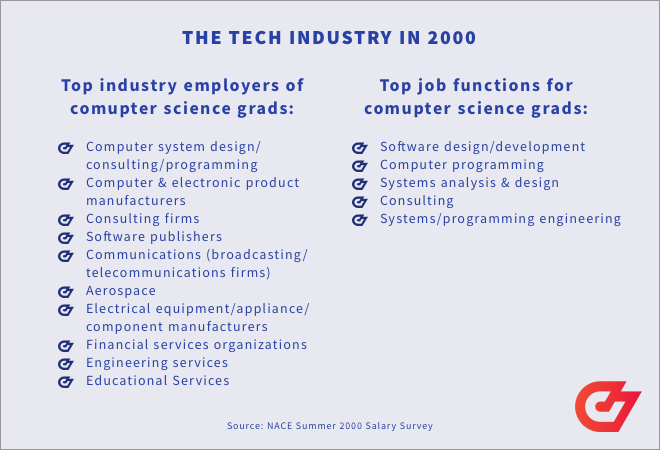
Social media is a valuable tool in any financial marketer’s arsenal. The majority of Americans using social media for at least 4-5 hours per day, 81%, it is crucial to be present on social media for financial success. These platforms are used by the baby boomers, millennials and generation z to keep in touch with their friends, connect with new businesses and keep them updated on current events. Financial marketers will be able grow their customer base while establishing trust through constant presence on these sites.
Inbound marketing
Inbound marketing is a great way to increase organic traffic and improve your conversion rate. This strategy puts customers first, and addresses their concerns throughout the buyer's journey. Goldcore, an industry leader in financial software development and analytics, uses it. In just two years, Goldcore has grown its blog traffic by over 80% and established itself as a thought leader in the industry. Its content is regularly quoted by media outlets including the FT, Bloomberg and Reuters.
Finance firms use inbound marketing to produce more compelling content. Inbound marketing attracts more qualified leads, and allows for a more personal sales experience. Although there are many benefits, financial marketers have been slow in adopting this strategy.

Customer experience
In HiTouch, a global business-to-business financial services company, executives had just finished a quarterly account review, and they were confused about what they should do to improve the customer experience. They decided to do a mini-audit on their customer experience programs. They discovered that their vertical-market teams were not capable of doing more than tracking leads and analysing buying patterns. CEM was thought to be a sales or marketing job.
Customer experience is becoming increasingly customer-centric. This requires a multichannel approach. An omnichannel approach enables consumers to be reached in their preferred languages and platforms. This will improve response rates, and produce more relevant data.
Social influencers
It is a smart way to increase revenue and drive sales by using social influencers for marketing financial products and service. Your influencers can help you create educational content, or promote your products. Fidelity, for example, has harnessed the power of storytelling and worked with influencers to promote its Spire app, an app that helps people plan their financial future.
Influencers have significant networks and can sway people's opinions. In fact, a study by IScoop found that 79% of Facebook users let their friends influence their purchases. This shows that peer pressure has a huge impact on purchasing decisions.

Customer outreach
Financial services customers can only be reached by using the best marketing channels. The best way to engage with customers is through a comprehensive approach that is proactive and thorough. Use great content and digital marketing techniques to boost your visibility. This will help you create loyal online customers. Customer loyalty programs are a great way for customers to be engaged and to encourage them to buy products or services. Don't limit yourself to common rewards.
Customer outreach is a classic marketing strategy. Financial marketers can build trust and interest in their products and customers by reaching out to them. These efforts could take the form free consultations, webinars and debt management programs.
FAQ
How can I become an expert consultant?
It is important to identify an area of passion. Then you have to build relationships. Understanding your clients' needs and operating style is essential. The final step is to provide results.
You don't have to be the best at everything, but you do have to be better than everyone else. You need passion for what your do. It is not enough to simply say, "I want to become a consultant." It is important to believe in yourself and the work you do.
How do I choose the right consultant?
There are three key factors to be aware of:
-
Experience - How skilled is the consultant? Is she a beginner, intermediate, advanced, expert, or something else? Is her resume a proof of her skills and knowledge?
-
Education - What did he/she learn in school? Did he/she pursue any relevant courses once he/she graduated? Are we able to see evidence of his/her learning through the way he/she writes
-
Personality - Do we like this person? Would we want him/her to work for us?
-
The answers to these questions help determine if the consultant is right for our needs. If you do not have the answer, it is worth interviewing the candidate to find out more.
How much do consultants make?
Some consultants earn more than $100k per year, but most consultants earn between $25 and $50k. The average consultant salary ranges from $39,000 to $39,000. This includes both hourly and salaried consultant.
Salary depends on the experience of the consultant, their location, industry, type and length of the contract (contractor or employee), as well as whether they have their own office or work remotely.
What is a consultant?
A consultant is someone who offers services to others. It's not a job title. A consultant is a role that helps others achieve their goals. By helping people understand their options and helping to make the right decisions, you do this.
Consultants can help you solve problems or overcome challenges when working on projects. They also provide advice and guidance on how to implement those solutions.
Consulting should be able answer any questions related to technology, finance, law and management.
How is consulting different to freelancing
Freelancers work as independent contractors and offer their services without the assistance of an agency or company. They charge hourly rates depending on the amount of time spent on a client's projects. Consultants typically work for agencies and companies that employ them. Consultants are typically paid either monthly or annually.
Freelancers tend to have more flexibility than consultants because they control their work hours and set their own prices. Consultants often offer better benefits such as vacation days and retirement plans, health insurance, and vacation days.
Statistics
- 67% of consultants start their consulting businesses after quitting their jobs, while 33% start while they're still at their jobs. (consultingsuccess.com)
- On average, your program increases the sales team's performance by 33%. (consultingsuccess.com)
- My 10 years of experience and 6-step program have helped over 20 clients boost their sales by an average of 33% in 6 months. (consultingsuccess.com)
- "From there, I told them my rates were going up 25%, this is the new hourly rate, and every single one of them said 'done, fine.' (nerdwallet.com)
- Over 62% of consultants were dissatisfied with their former jobs before starting their consulting business. (consultingsuccess.com)
External Links
How To
What does a typical day look like for a consultant?
A typical day will vary depending on the type of work you are undertaking. You will be spending time researching, planning new ideas, meeting with clients, and creating reports.
Clients will often meet with you to discuss their problems. These meetings can be done over the phone or via email.
Sometimes, you may be asked to create proposals. These are documents that outline your ideas and plans for clients. These proposals will be presented to clients by you and a mentor.
After all the planning and preparation you will have to put your efforts into creating some content. Writing articles, designing websites, editing photos or conducting interviews are just some of the options.
Depending on your project's scope, it may be necessary to do research to get relevant statistics. This could include finding out how many customers your company has and whether they purchase more than one product.
Once you have gathered enough information, it's time to present your findings to clients. Your findings may be delivered orally, or written.
You must also follow up with clients following the initial consultation. You can call clients to ask how they are doing or send emails asking for confirmation that your proposal was received.
This is a long process that can take some time. However, it is crucial to stay focused and to maintain good relationships.